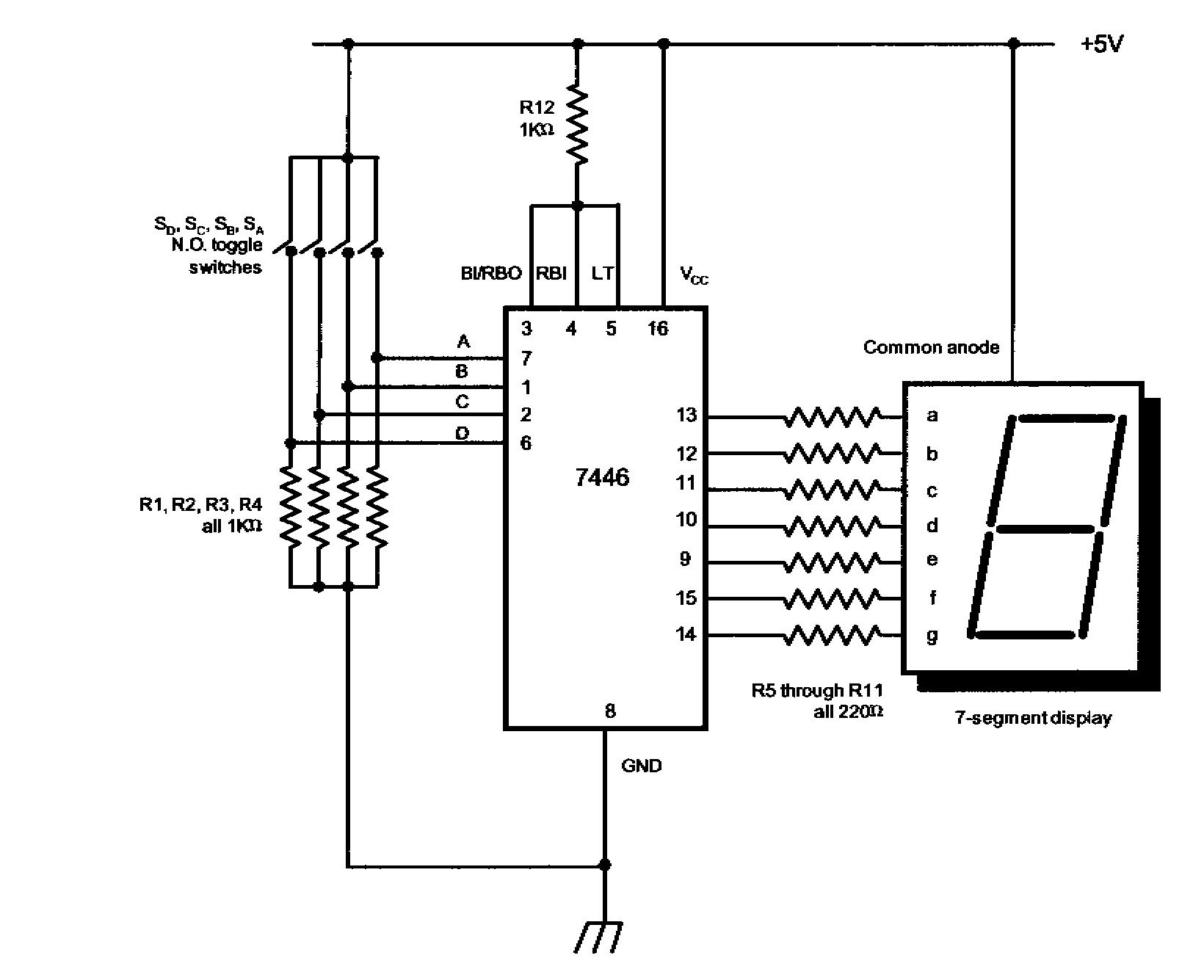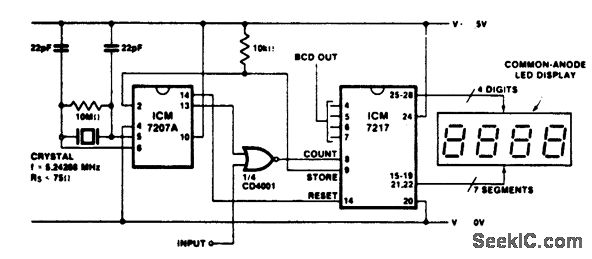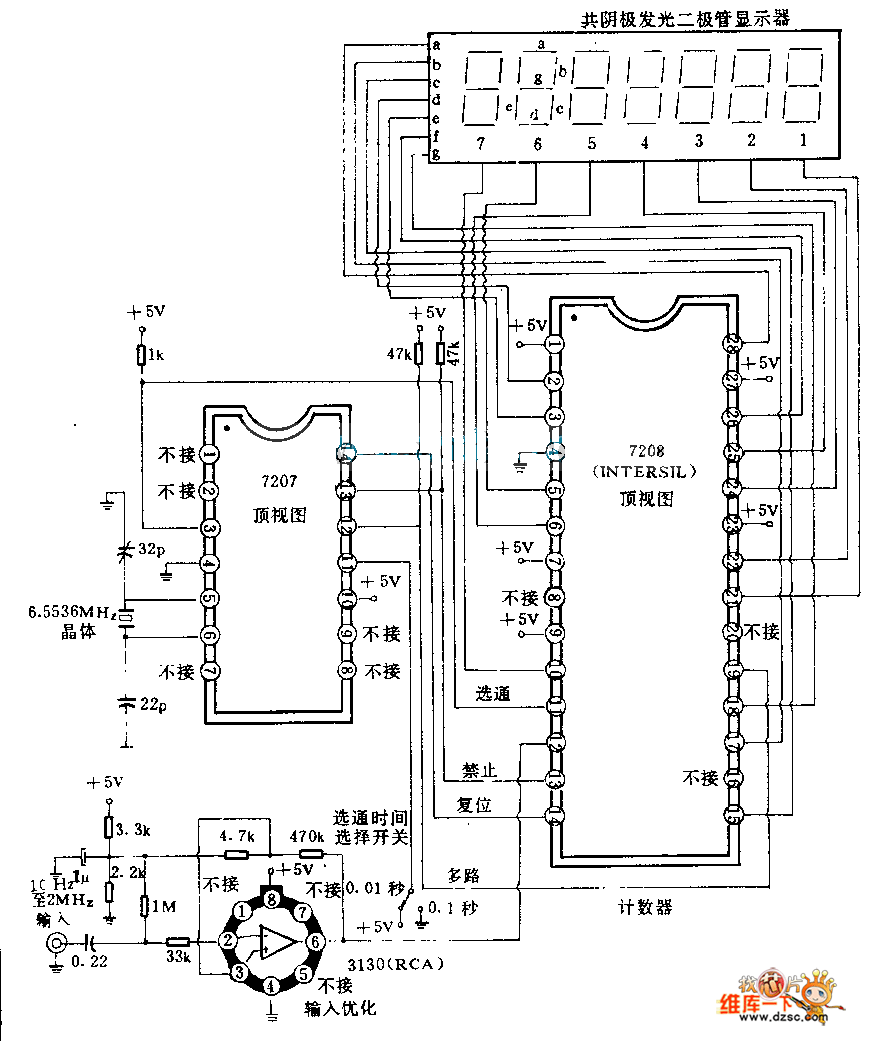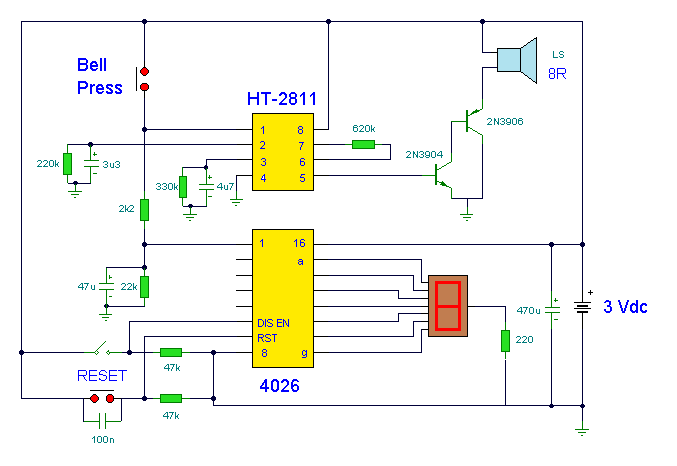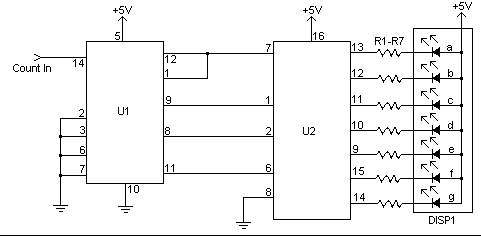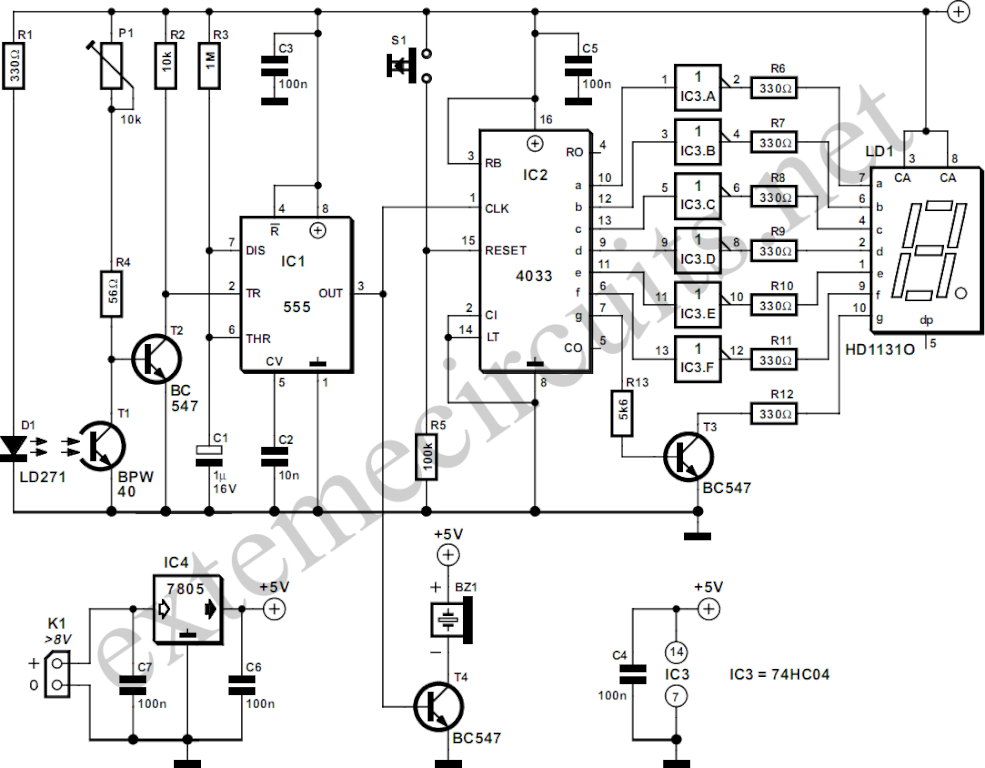
0-99 counter by IC 4017G—2
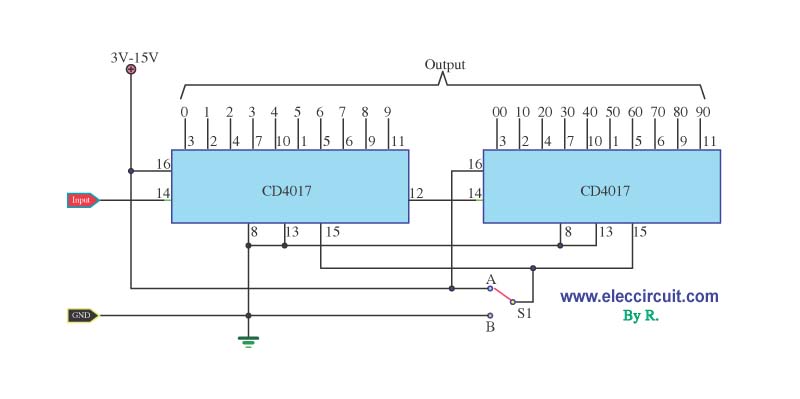
When designing a counter circuit that counts from 0 to 99, an effective approach is to utilize the IC LM4017, which is a decade counter.
The LM4017 is a CMOS decade counter capable of counting from 0 to 9, and it can be cascaded with additional LM4017 ICs to achieve a count up to 99. The basic configuration involves connecting the output of one LM4017 to the clock input of another to extend the counting range.
In a typical application, the circuit will require a power supply, usually between 3V to 15V, depending on the specific requirements of the design. The LM4017 has ten outputs, labeled Q0 to Q9, which represent the count. Each output can drive various loads, such as LEDs or relays, to indicate the current count visually.
To implement this circuit, a clock signal must be generated, which can be achieved using a 555 timer configured in astable mode. The frequency of the clock signal will determine the speed of counting. Additionally, debouncing circuits may be necessary if push-button switches are used to increment the count manually.
The reset function is also crucial for this counter circuit. A reset pin on the LM4017 allows the counter to be set back to zero. This pin can be connected to a push button or a microcontroller output for automated resets.
Overall, the design of a counter circuit using the LM4017 is straightforward, providing a reliable solution for applications requiring counting from 0 to 99. Proper layout and component selection will ensure the circuit operates efficiently and accurately.When you want the counter circuit since 0 arrive at 99. I thinks this circuit may on the same wave length you certainly. it uses IC LM4017 decade.. 🔗 External reference
The LM4017 is a CMOS decade counter capable of counting from 0 to 9, and it can be cascaded with additional LM4017 ICs to achieve a count up to 99. The basic configuration involves connecting the output of one LM4017 to the clock input of another to extend the counting range.
In a typical application, the circuit will require a power supply, usually between 3V to 15V, depending on the specific requirements of the design. The LM4017 has ten outputs, labeled Q0 to Q9, which represent the count. Each output can drive various loads, such as LEDs or relays, to indicate the current count visually.
To implement this circuit, a clock signal must be generated, which can be achieved using a 555 timer configured in astable mode. The frequency of the clock signal will determine the speed of counting. Additionally, debouncing circuits may be necessary if push-button switches are used to increment the count manually.
The reset function is also crucial for this counter circuit. A reset pin on the LM4017 allows the counter to be set back to zero. This pin can be connected to a push button or a microcontroller output for automated resets.
Overall, the design of a counter circuit using the LM4017 is straightforward, providing a reliable solution for applications requiring counting from 0 to 99. Proper layout and component selection will ensure the circuit operates efficiently and accurately.When you want the counter circuit since 0 arrive at 99. I thinks this circuit may on the same wave length you certainly. it uses IC LM4017 decade.. 🔗 External reference
